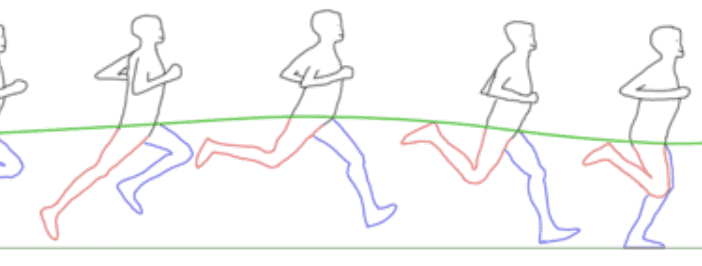
Spring is in the air, and with it comes the irresistible urge to hit the pavement. Whether you’re a seasoned runner or just starting out, injuries can be a real pain. But fear not! By understanding how your body works and making a few simple changes, you can significantly reduce your risk of getting sidelined.
Let’s clear up a common misconception: running isn’t bad for your knees or hips. In fact, regular running can actually help protect your joints. But like any activity, it’s important to do it right.
Common Running Injuries
Some of the most common running injuries include:
Shin splints: An overuse injury among runners. It causes pain along the shinbone, often felt at the start of a run and worsening as you go. The pain is typically brought on by repetitive impact on the hard surfaces, increasing running intensity too quickly, or wearing inadequate footwear.
Knee pain: Overuse, improper form, weak muscles, and worn-out shoes can contribute to knee pain.
Achilles tendinitis: Is an inflammation of the tendon connecting the calf muscle to the heel. It often occurs due to overuse, especially in runners.
Plantar fasciitis: A common foot condition causing heel pain, often worse in the morning. It’s caused by inflammation of the plantar fascia, a thick band of tissue connecting the heel to the toes.
These often occur when your body is stressed beyond its limits. Think of your muscles and tendons like rubber bands; overstretch them, and they snap. Stay tuned for more posts about these in our upcoming blogs.
Building a Strong Foundation
To prevent injuries, we need to build a strong foundation. This starts with strength training. Exercises like squats, lunges, and calf raises will help your muscles support the impact of running. Plyometrics, or jump training, can also be beneficial but it may have an impact on your knee if you are not careful. Imagine running as a series of tiny jumps and how your muscles would currently handle that; stronger muscles can handle this better.
Another crucial element is a dynamic warm-up. This gets your body ready for action and helps prevent injuries. Think of it as tuning up your car before a long drive. A simple routine of leg swings, high knees, and arm circles can make a big difference.
Find Your Perfect Pace
Your running form is also key. Aim for a lower, more efficient stride, and try to increase your cadence (the number of steps per minute). This can reduce the impact on your joints. Experiment with using a metronome app to help you find your optimal pace.
Load management is essential, too. Gradually increasing your mileage is safer than jumping in headfirst. A good rule of thumb is to increase your weekly mileage by no more than 10%.
Fuel Your Body
Your body is a high-performance machine, and like any machine, it needs the right fuel to operate optimally. Proper nutrition is essential for endurance, recovery, and overall running performance. Focus on a balanced diet rich in carbohydrates for energy, proteins for muscle repair, and healthy fats for sustained energy. Don’t forget to stay hydrated by drinking plenty of water before, during, and after your runs.
Experiment with different foods to find what works best for you. Some runners prefer pre-run breakfasts with complex carbohydrates like oatmeal or whole-grain toast, while others opt for lighter options like fruit or yogurt. Post-run, refuel with a combination of carbohydrates and protein to aid muscle recovery. Remember, consistency is key. By providing your body with the nutrients it needs, you’ll not only improve your running performance but also enhance your overall well-being.
Don’t Forget About Your Footwear
While there’s no one-size-fits-all shoe, it’s important to replace your running shoes every 400-500 miles.
By incorporating these tips into your running routine, you can significantly reduce your risk of injury and enjoy the many benefits of this fantastic sport. Remember, it’s always a good idea to consult with a healthcare professional if you’re experiencing persistent pain or suspect any running injuries.
Do You Want to Be in Less Pain?
Maybe you’re left feeling Confused? Skeptical? Fearful? Anxious? Depressed? You’ve sought advice from other healthcare professionals, maybe even a Physical Therapist in the past, but nothing they seemed to say or do helped solve your problem.

